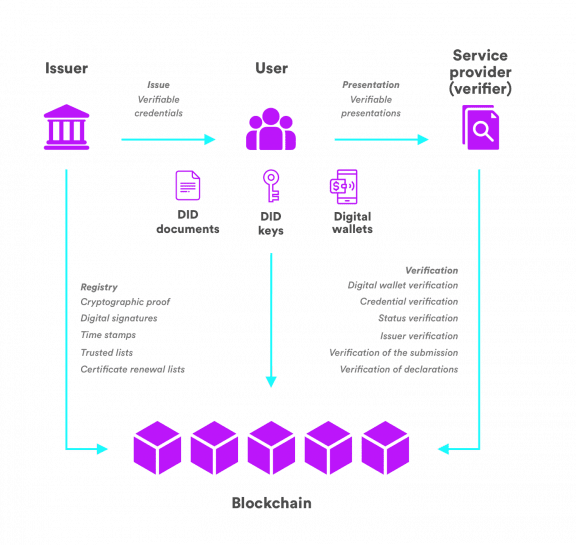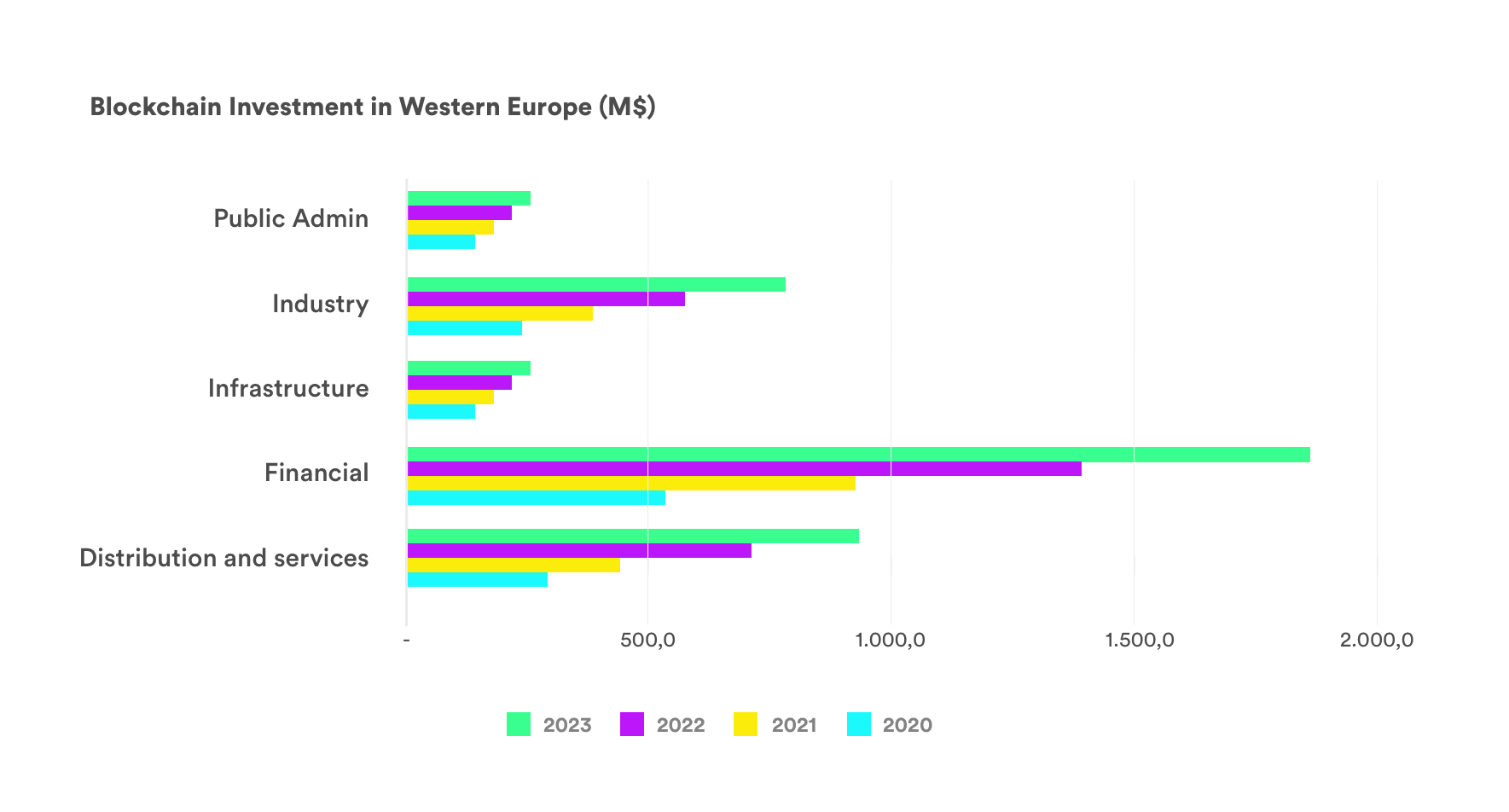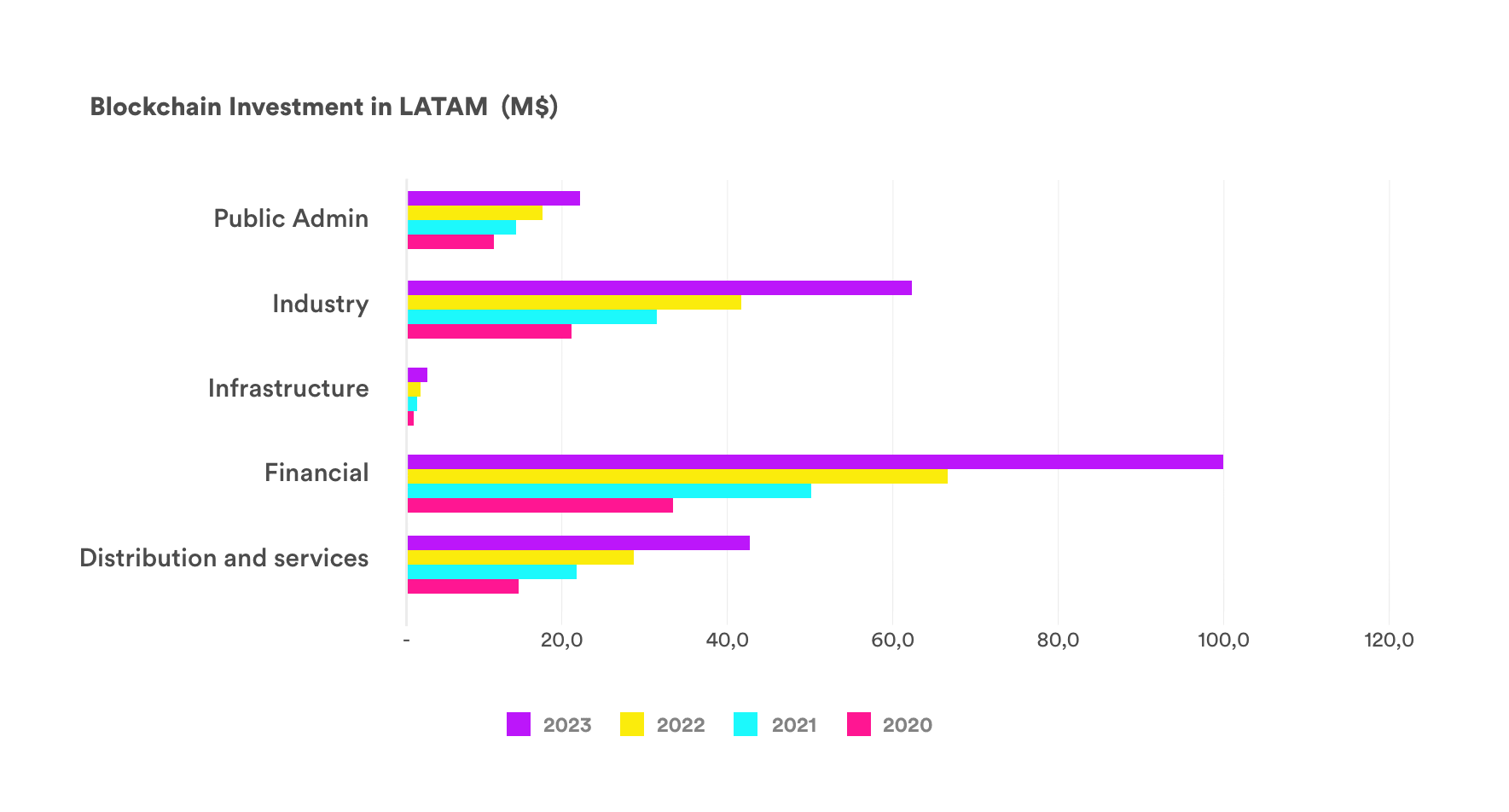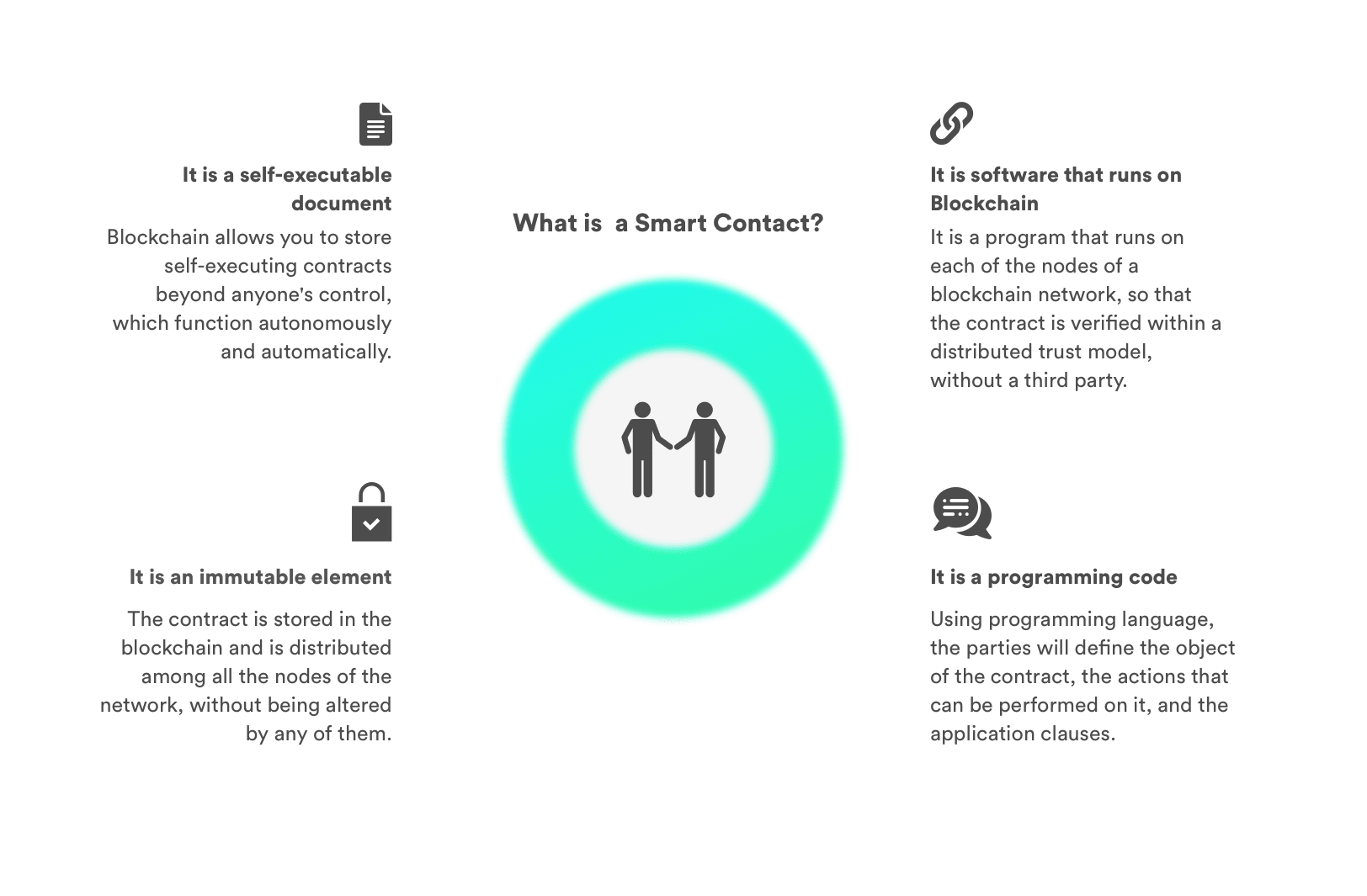If there is a technological concept today with economic, social and political implications, it is blockchain. And it is because it can change everything and in all cases there is a common denominator: trust.
In the business world, as we know it now, the intermediary is the main actor, since we all trust them, since they are the only person who holds all the data for a given transaction. Take, for example, a bank: even if it were a cooperative bank, all the information is collected and managed by a single node, the bank itself; the banking authority has a supervisory role over it and can access the global information, but no one else knows the transactions that are taking place within the bank.
In DTL, a relationship is created where we all trust all the other members of the network, and that is why we all share the same information: the value record chains, which is nothing more than a record book in which we add each of the transactions that occur on a specific asset in our network, so that we all have control over what is happening at any given time. This increases transparency and security compared to databases with a single administrator.
The process for updating a distributed registry is as follows:
On the downside
owever, and although we do not store all the information about an asset, only about its transactions, this form of proceeding isn’t very efficient since in each transaction we are forced to "mine" each one of the elements that stores a copy of this information to verify that none of them have been modified. That is why blockchain scales poorly: as the number of transactions in our blockchain increases, the slower it will go and the more "miners" we will need to process all the of the new transactions, which will result in high electricity consumption (that is, in processing by a computer) that we must minimise, because this will mean the optimisation of the process and a benefit for the environment.
Another of the points that should be improved for the expansion of this technology is the high number of blockchain networks and their different speeds and implementation technologies, which possibly lead to the appearance of multiple protocols to interlink them. Therefore their Achilles heel could be their cybersecurity and the need to establish a legal framework that regulates and certifies the use of the blockchain in any interoperability environment.
Derived from transparency, a new problem arises when the data with which we work cannot be made public, for example, due to compliance with GDRP in the EU or when we have some data that must be changed due to distinctive types of errors and whose correction goes beyond adding a new block with the correct data because, due to the architecture of the network, the previous one would still be saved.
On the upside
Despite the above, the increasing need to provide intelligence data, automate decision-making and adapt services to the needs of the end user, something we have already discussed in this article, is what has made blockchain a relevant actor in this context, as we must consolidate the integrity of the data that are part of these processes. Not surprisingly, some authors like Alex Preukschat have described blockchain as the industrial revolution of the internet.
According to the report "The State of the Art of Blockchain in Spanish companies" by Ametic, which collects interesting data for Western Europe and Latin America (LATAM), the benefits provided by blockchain are the following:
Thus, it is not surprising that investment in this technology will increase in both western Europe and in LATAM in the coming years:
Other interesting aspects of the Ametic report is that blockchain offers us a global vision of the investment relationship by use cases within each sector and allows us to see possible applications in a general way for this technology that promises a ubiquitous use.
The financial sector has long been a champion of the implementation of blockchain technology. However, the industry, distribution and services, infrastructures and public administrations are also keeping an eye on this technology, and we see them applying it in 2 areas: decentralised digital identity and smart contracts.
Applications of blockchain technology
1. Decentralised digital identity
The management of the concept of identity has been centralised in the last century in states and, recently, by the large technology corporations. The state gave us an identity of which it was the guarantor, and that served for our relations with the state itself and in society. With the arrival of digitisation, the tables have turned and, paradoxically, in the digital world we generate a digital identity that the big technology companies are defining from the information we generate on the internet, social networks, service platforms, product purchase platforms, etc. In this way, our identity is again in the hands of a third party, who’s often not subject to the same legislation as the one who creates it and, therefore, capable of carrying out, at least, unethical practices as we saw in the case of Cambridge Analytics.
The path travelled is perfectly described by Cristopher Allen in an article called "The Path to Self-Sovereign Identity" and whose principles are brought together in another article called "Self-Sovereign Identity Principles".
The characteristics of blockchain technology: transparency, persistence, non-censorship and decentralisation make it ideal to apply it to the field of digital identity, and thus solve the problems that Phillip J. Windley, president of the Sovrin Foundation, describes in this article, including those of privacy.
Self-sovereign identity blockchain systems use the blockchain to register decentralised identifiers (DIDs), which we can access without the need for a central directory.
For Jorge Dávila, a DID is two things: a unique identifier and a document associated with it (DID Document). Documents associated with a DID include:
The DIDs come to be pseudonyms or aliases randomly generated by the owner of the data, that they use with different trusted providers to obtain associated documents that are signed by them and that establish a specific descriptor (verifiable element). For example, if we wanted to prove that we are over 18, we would contact a reliable provider who knows our actual age (we would have to fully identify ourselves to them), and ask them to sign a document stating “that this DID is over 18”, without revealing anything at all about who is behind this DID.

Another example of its use would be by a university (issuing entity) that issues a certificate for a student indicating that they have passed a degree. The student (identity owner) accepts said certificate (endorsed by an issuing entity, their university) incorporating it into their digital identity, which will be stored in a kind of "digital portfolio", a program that manages it. When the student applies to work in a company, the company requests to verify the certificate issued by the university to make sure that the student has a degree.
This digital identity could include medical, academic and employment history as well as other personal data that will only be shared if the person authorises such use.
At present, different projects are being developed in this area: the standards ERC725 and ERC735, the uPort project, the Sovrin network and the DLT Hyperledger Indy. As these projects grow and are used by a greater number of users, more and more sectors will manage their systems and their interaction with their clients with this model, thus making their relationship more efficient, secure, private and reliable.
2. ‘Smart Contracts’
Blockchain technology is also involved in converting traditional contracts into “smart” ones. What it actually does is improve their processes and their execution by turning them into a computer program.
Any contract itself is subject to the laws and jurisdictions of a certain territory and needs an external agent (a third party), that is to say a "guarantor", be it a bank, insurer or notary for example, to "attest" that the contract is fulfilled.
Thanks to the blockchain we can develop "decentralised and self-executing contracts" that allows for the autonomous fulfilment of the stipulated clauses between the determined participants, that is, without intermediaries. Actions are not executed until the terms are met and the terms are public on the network that develops them.
We could say that they are based on the logic "if ... then ...", for example, if the goods are unloaded at port X, then the funds are transferred, but with the advantage, compared to conventional programming, that the base of data that supports them is not managed by a single node.
Another peculiarity is that unlike a traditional legal contract, they can also take information as input, processing it through the rules established in the contract, and take any agreed action as a result, as we have seen.
This information is entered into the smart contract through so-called "oracles", that is, data sources provided by third-party service providers under the predefined conditions provided in the smart contract.
Such conditions can be any external data such as temperature, payment completion, price fluctuations, etc. A smart insurance contract could, for example, have a sensor placed in a refrigerated container as an oracle. If the temperature exceeds a certain level, insurance payments are triggered, and an inspection request is submitted.
Since blockchain cannot access data outside of its network, oracles are the only way that smart contracts 'interact' with data outside of the blockchain environment. In other words, smart contracts generally work in collaboration with other technologies, in particular the internet of things: sensor networks and smart devices that are connected to the internet and that can send and receive data to activate behaviours.
In this way and as the World Trade Organization points out, ’the automatic nature of smart contracts makes them a particularly interesting tool to use in international trade to automate transactions’, at the same time, the blockchain characteristics that favour transparency allow us to move towards collaborative logistics.








